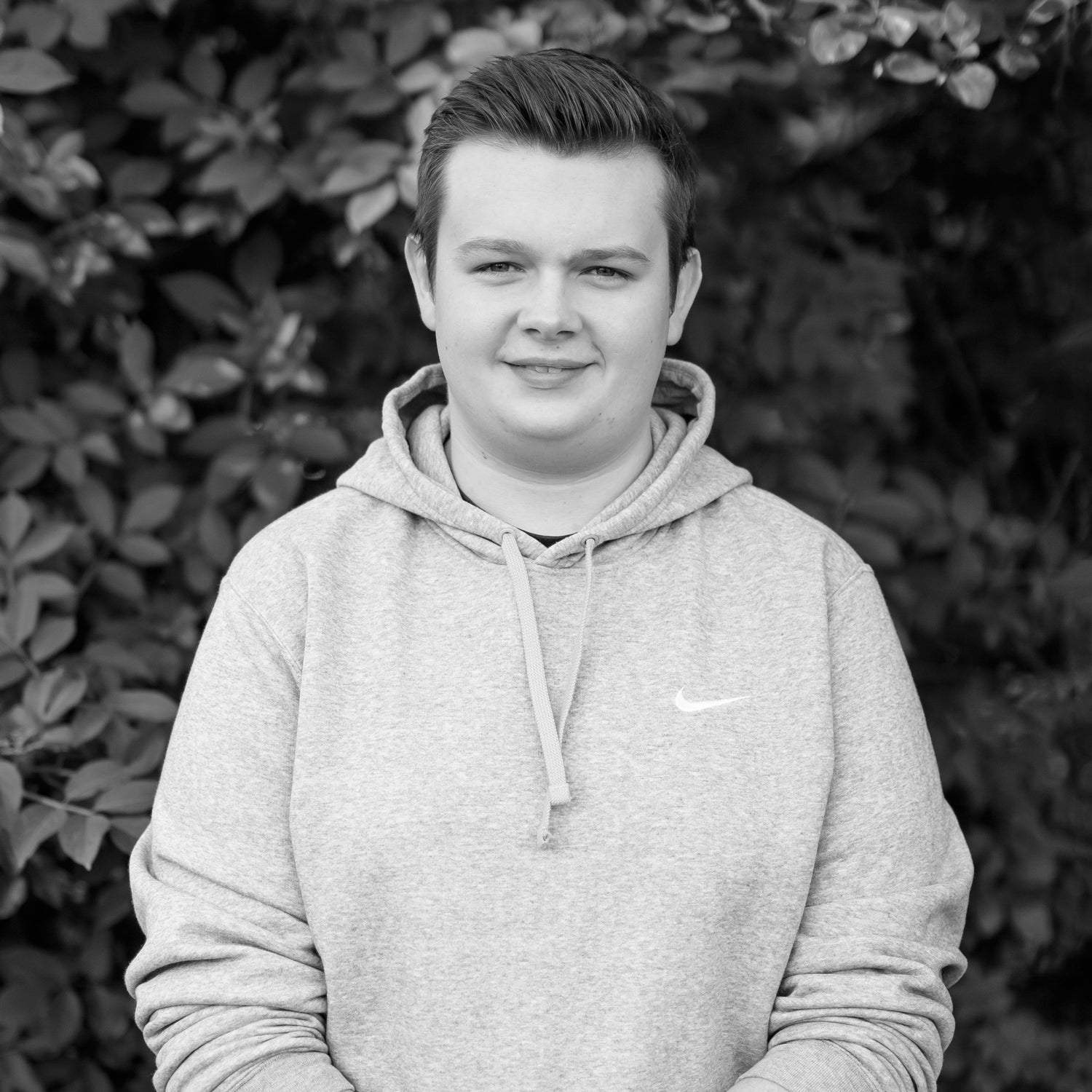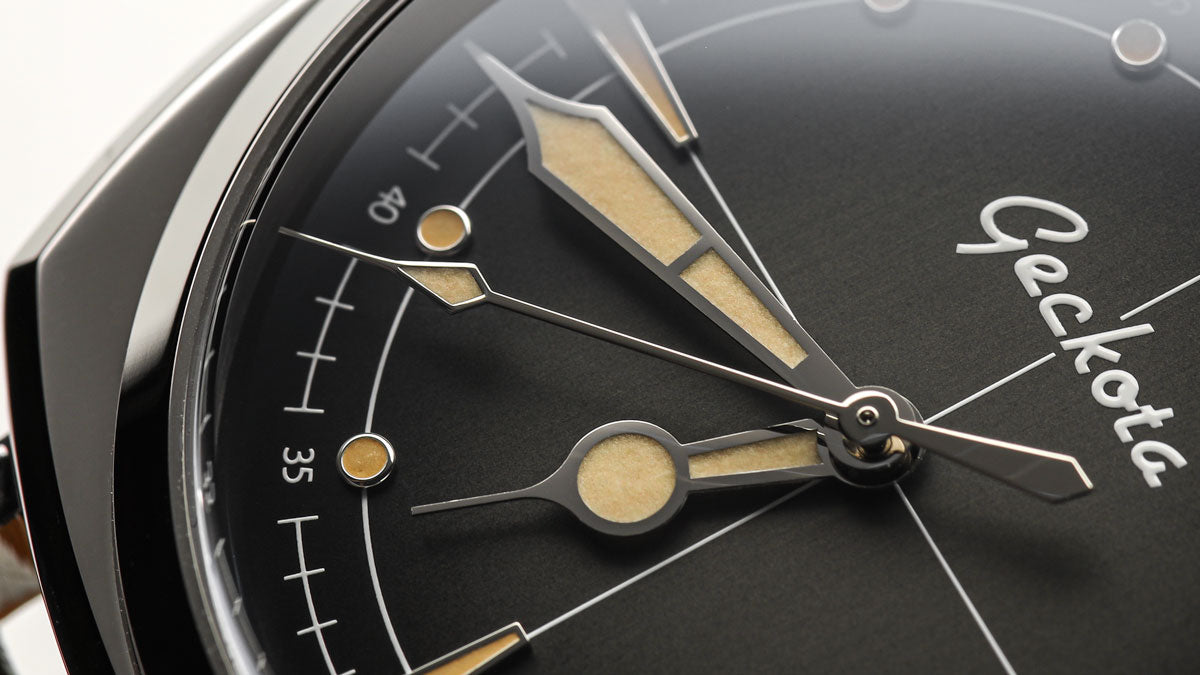SHIPPING WORLDWIDE WITH ALL IMPORT TAXES PRE-PAID
SHIPPING WORLDWIDE WITH ALL IMPORT TAXES PRE-PAID
SHIPPING WORLDWIDE WITH ALL IMPORT TAXES PRE-PAID


Categories
February 14, 2020 3 min read
 Warrington Solid Stainless Steel Watch Strap made with Cinema4D + Octane + HDRI Light Studio
Warrington Solid Stainless Steel Watch Strap made with Cinema4D + Octane + HDRI Light Studio

 Warrington Solid Stainless Steel Watch Strap 3D Render made with Cinema4D + Octane + HDRILightStudio
Warrington Solid Stainless Steel Watch Strap 3D Render made with Cinema4D + Octane + HDRILightStudio
 The behind the scenes of creating this texture is quite interesting, as the 'maps' I have inputted are just flat images that have been projected onto that surface. Here's what the 'normal map' of the brushed texture looks like:
The behind the scenes of creating this texture is quite interesting, as the 'maps' I have inputted are just flat images that have been projected onto that surface. Here's what the 'normal map' of the brushed texture looks like:
 Now, if you're unfamiliar with normal maps, this will just look like a random purple square. However, in this image there is an extremely feint pattern and data to be able to create the ridges and brushing effect on your metal in Cinema4D.
I have also used a roughness map to be able to control how reflective the metal is paired with the brushing for full control on the steel. Here is an example of a roughness map, you may find the pattern is easier to spot.
Now, if you're unfamiliar with normal maps, this will just look like a random purple square. However, in this image there is an extremely feint pattern and data to be able to create the ridges and brushing effect on your metal in Cinema4D.
I have also used a roughness map to be able to control how reflective the metal is paired with the brushing for full control on the steel. Here is an example of a roughness map, you may find the pattern is easier to spot.
 You can create a range of results by using these maps. For example, if you were to have less float on the roughness the more polished the metal appears, visa versa.
You can create a range of results by using these maps. For example, if you were to have less float on the roughness the more polished the metal appears, visa versa.


February 08, 2024 2 min read
Read More
About the Author: Greg Mayo
About the Author: Greg Mayo
At Geckota our mission is to provide watch lovers, enthusiasts and collectors with a unique opportunity to own and cherish luxury and contemporary timepieces and accessories that reflect modern life.
More Articles by Greg Mayo